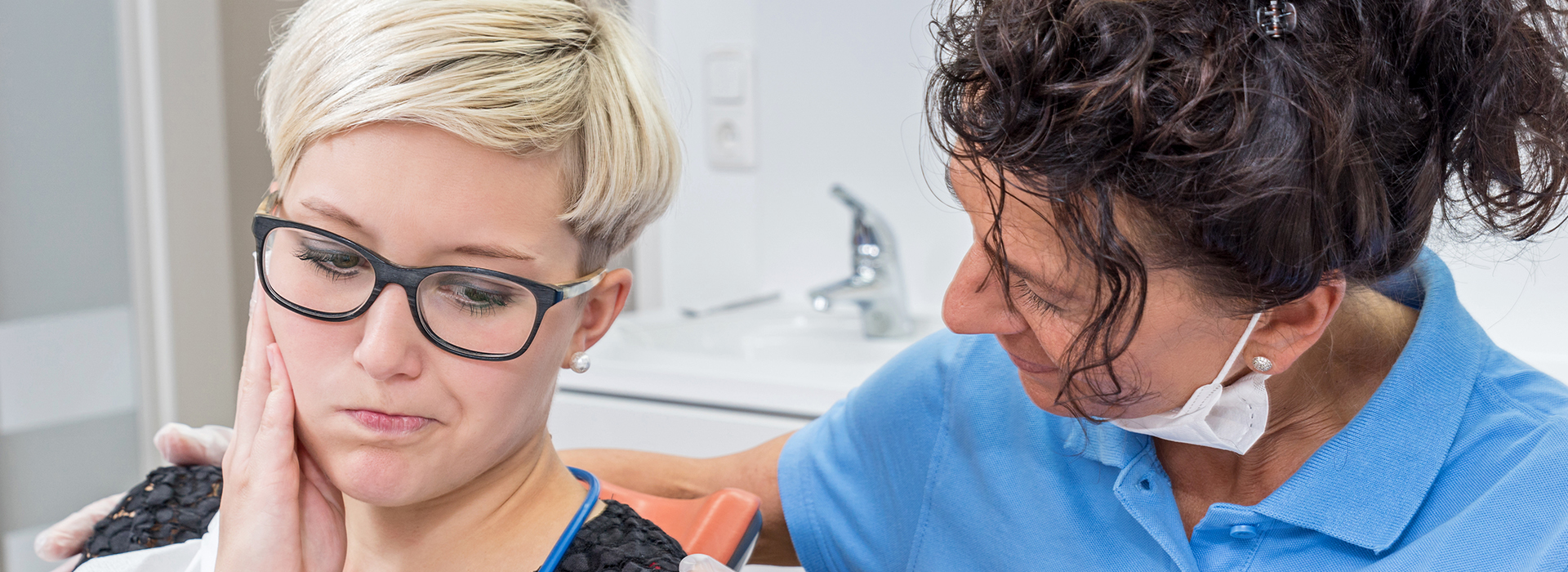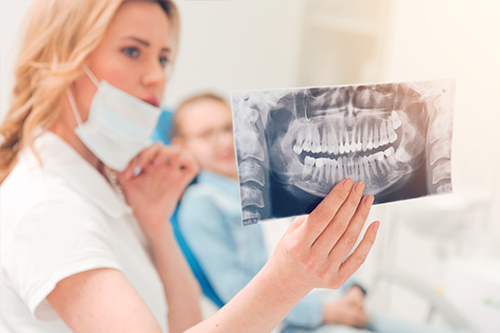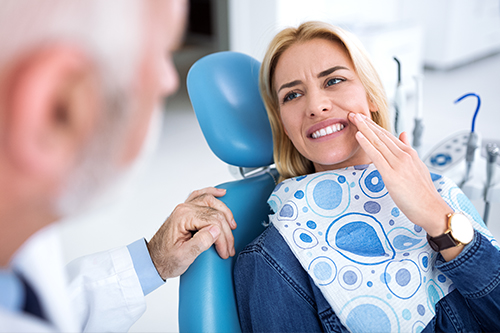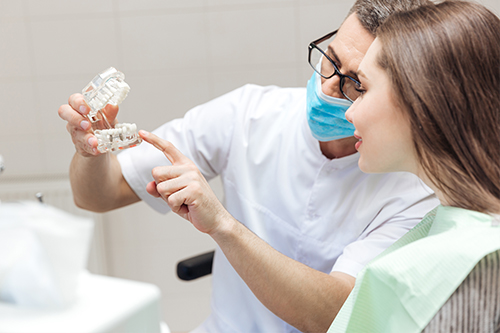Recognizing When Dental Care Can’t Wait
Dental emergencies vary widely in severity, but they share one important trait: the sooner a patient receives care, the better the likely outcome. Intense pain, rapid swelling, uncontrolled bleeding, a tooth that’s been knocked out, or signs of spreading infection are all reasons to seek immediate attention. Even problems that seem minor at first — a small chip, a loose filling, or a persistent dull ache — can worsen quickly and lead to more complex treatment if ignored.
Prompt evaluation helps protect not only the tooth involved but also surrounding tissues and overall health. Oral infections can progress to affect jawbone, sinuses, and in rare cases, systemic health. That’s why triage and early intervention are central to effective emergency treatment: stabilizing the immediate issue, relieving pain, and planning the most appropriate follow-up care.
At Cruzin' Dental we prioritize rapid, compassionate responses for patients in distress. Our team treats emergency visits with a triage-first approach so that the most urgent problems are addressed right away, and every patient leaves with a clear plan for next steps toward recovery.
Typical Urgent Dental Problems We Manage
Dental emergencies come in many forms. Some arise from trauma — such as a blow to the mouth or a fall — while others result from advanced decay, failed restorations, or sudden infections. Knowing the common conditions we handle can help patients recognize when to call for urgent care and what to expect during their visit.
- Severe toothaches or pain with swelling
- Chipped, fractured, or broken teeth
- Knocked-out (avulsed) teeth
- Loose or dislodged crowns and fillings
- Abscesses or signs of oral infection
- Problematic wisdom teeth causing acute pain
- Loose, broken, or ill-fitting dentures
- Unexplained bleeding or traumatic soft-tissue injuries
- Suspicious sores, lumps, or sudden changes in the mouth
Not every listed condition requires the same treatment. Some cases can be stabilized with temporary measures until a definitive restoration is scheduled; others require immediate intervention such as extraction, root canal therapy, or incision and drainage of an abscess. Our role is to assess risk quickly, relieve acute symptoms, and recommend the safest, most effective path forward.
How an Emergency Appointment Typically Goes
When a patient arrives for urgent care, the visit usually follows a predictable sequence: triage and history, focused examination, diagnostic imaging if needed, immediate relief measures, and a treatment plan. The goal during those first moments is to identify threats to health, control pain and infection, and preserve as much of the natural dentition as possible.
We rely on modern diagnostic tools — including digital X-rays and intraoral imaging — to evaluate tooth structure, root condition, and surrounding bone quickly and with minimal discomfort. These images help the clinician determine whether a tooth can be saved with restorative care or endodontic treatment, or whether extraction is the safest option.
Comfort and clear communication are integral to the emergency visit. Patients can expect explanations of findings, a discussion of immediate and follow-up treatments, and practical instructions for home care. If a referral or specialist consultation is needed, that will be coordinated promptly to minimize delay in care.
Practical First-Aid Steps You Can Take Right Away
Immediate self-care can make a difference before you reach the dental office. For a tooth that’s been knocked out, handle the tooth by the crown (the chewing surface), rinse it gently if dirty, and keep it moist — ideally in milk or the patient’s saliva — while seeking treatment. Replantation is sometimes possible if the tooth is brought in quickly and handled properly.
For severe toothaches, rinse the mouth with warm water, use dental floss to remove trapped debris, and apply a cold compress to the face to reduce swelling. Avoid placing aspirin directly against the gum or tooth, as this can cause localized irritation. If a crown or filling becomes loose or falls out, save the restoration if you can and bring it with you; temporary dental cement can sometimes be used to cover exposed areas until a permanent fix is arranged.
When bleeding or soft-tissue injury occurs, apply gentle pressure with clean gauze and seek urgent care if bleeding does not slow within a short period. For swelling or signs of spreading infection — such as fever, difficulty swallowing, or swelling that affects breathing — seek immediate professional attention because these symptoms can indicate a serious systemic risk.
Repairing Damage and Restoring Your Smile
After stabilizing an emergency, the clinical team will discuss options to restore function and appearance. Small fractures and chips are often repaired with bonding or a new filling; larger breaks may require a custom crown to protect the remaining tooth structure. When the dental pulp is involved, root canal therapy can relieve pain and preserve the tooth in many cases.
If a tooth cannot be saved, modern replacement options restore chewing ability and aesthetics. Choices include fixed bridges, removable partials, and dental implants that replace a tooth root with a biocompatible post and a lifelike restoration. Each option has different treatment steps and timelines, and the best choice depends on the patient’s oral health, anatomy, and long-term goals.
The practice emphasizes conservative, evidence-based solutions that aim to maintain oral health while restoring comfort and function. Our clinicians coordinate follow-up care, whether that means definitive restoration, periodontal management, or referral to a specialist when complex surgical or prosthetic treatment is indicated.
In summary, timely emergency dental care reduces pain, limits complications, and improves the chances of saving natural teeth. If you or a family member is experiencing significant oral pain, trauma, or signs of infection, please contact us for guidance and prompt treatment. Our team is ready to help you stabilize the issue and plan the best path back to health.








